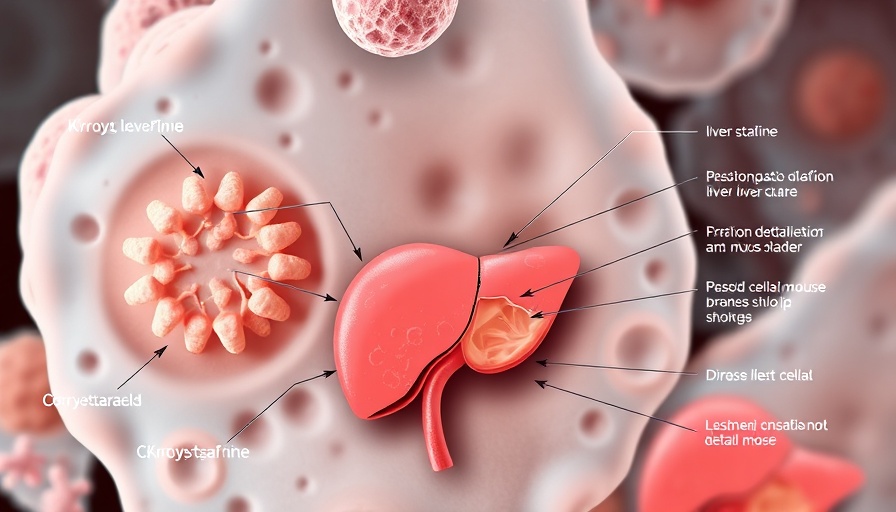
Old Allergy Drug May Hold Key to Treating Rare Liver Disease
A new study from Rutgers University has uncovered a surprising potential in chlorcyclizine, a decades-old antihistamine, as a treatment for erythropoietic protoporphyria (EPP), a rare genetic condition that can cause severe liver damage. While EPP affects only about 4,000 people in the United States, the implications of this research could mean life-altering changes for those grappling with liver complications from this disease.
Understanding Erythropoietic Protoporphyria
EPP is characterized by extreme skin sensitivity to light and toxic levels of protoporphyrin accumulating in the liver. Currently, patients with severe liver damage may face liver transplantation or live with the debilitating effects of this condition. This has long created a significant unmet need for alternative treatments.
The Breakthrough Research: A Rethinking of Existing Medications
The research team screened over 2,500 compounds, including FDA-approved drugs, to identify existing medications that might provide new hope for EPP patients. The innovative use of zebrafish larvae allowed researchers to observe how these drugs influenced the harmful buildup of protoporphyrin in a visible manner, underscoring the value of repurposing existing treatments.
Interesting Findings: Gender-Specific Effects of Chlorcyclizine
One of the most intriguing aspects of the study is the gender-specific response observed in mice. Female mice showed a significant reduction in liver injury and toxic accumulation when treated with chlorcyclizine, while male mice did not exhibit the same benefit. This indicates a potential area for further research on how metabolic differences between genders could influence drug efficacy.
Exploring Future Possibilities
This pioneering research represents a critical step in developing treatments for EPP. By harnessing the power of existing, well-understood medications like chlorcyclizine, researchers are paving the way for options that could alleviate the agony of many living with this rare condition. As the medical community continues to explore these findings, the face of treatment for EPP may soon change.
 Add Row
Add Row  Add
Add 




Write A Comment